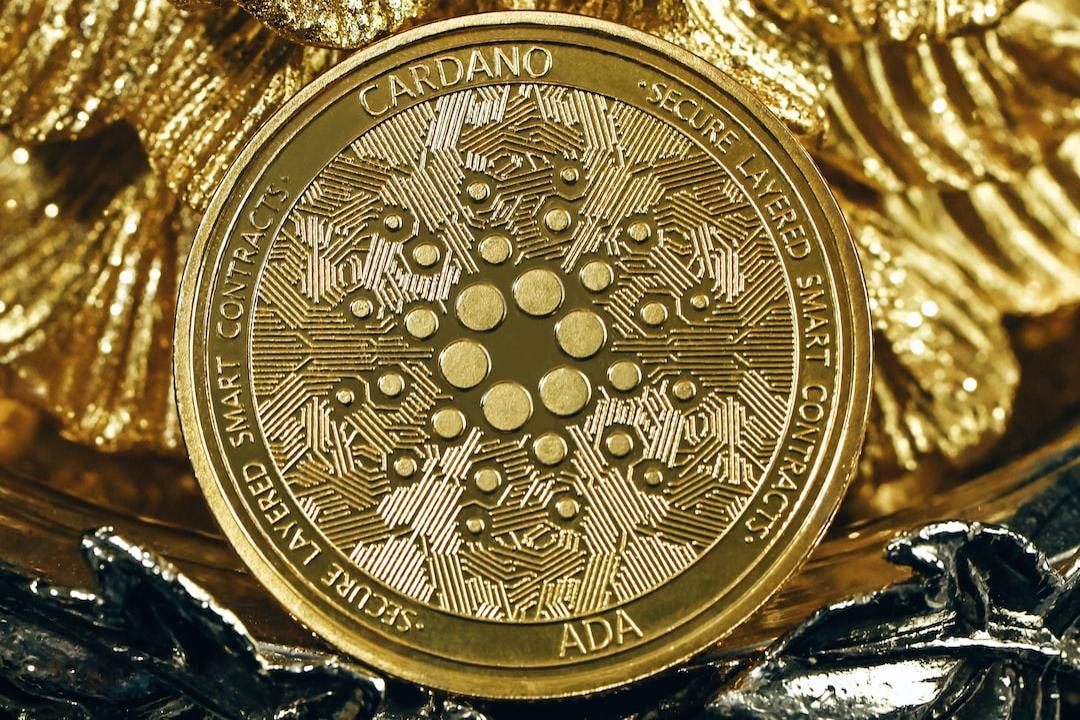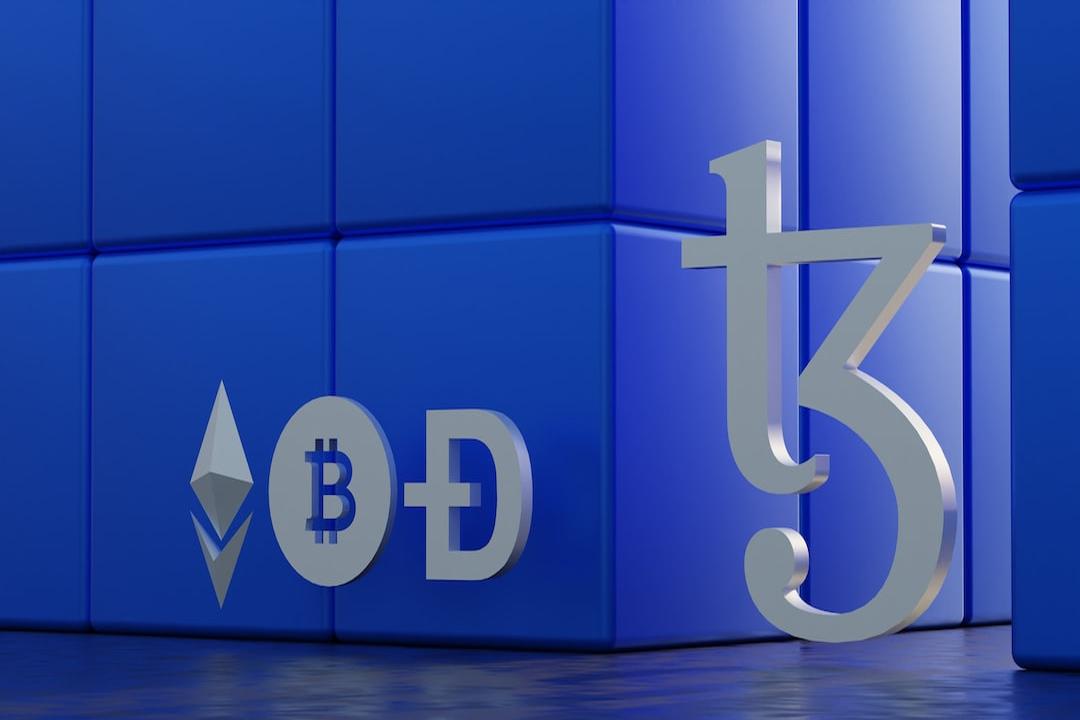With the rapid development of the Liquidity Re-Pledging Token (LRT) project, Puffer Finance has attracted market attention through lowering the threshold for validators, unique ticket design, and integrating EigenLayer to increase participant returns. Yesterday, it also announced a new activity that allows anyone to pledge LST, with a TVL exceeding $100 million on the first day.
(This article is not investment advice)
Table of Contents
Toggle
Introduction to Puffer Finance
Highlights of Puffer Finance: Low Threshold for Validators
Liquidity Pledging: Supplementing the Remaining ETH
Validator Tickets
Liquidity Re-Pledging: Combining EigenLayer to Increase Returns
Marketing Activities of Puffer Finance
Crunchy Carrot Activity: Seizing the Narrative of Re-Pledging
Crunchy Carrot Pledging Tutorial
Puffer Finance aims to enable anyone to run nodes on Ethereum as Node Operators (NoOps) and lowers the threshold for validators from 32 ETH to 1 to 2 ETH.




Maintaining a minimum threshold instead of zero cost is to ensure that validators bear the risk of reduction penalties due to software and hardware errors. If they are willing to run the anti-slasher protection program provided by Puffer to mitigate the reduction risk, they can provide only 1 ETH.
By running nodes on Puffer, one can receive 100% of the execution and consensus rewards of the Ethereum PoS mechanism, with no transaction fees involved.
So who provides the remaining ETH? Puffer Finance provides a channel for other users to pledge any amount of ETH to supply the remaining ETH. It also has corresponding protection measures to mitigate penalties and enhance the security of the pledger’s assets.
As an exchange, pledgers will receive pufETH tokens with accumulated value, which represents the accumulated earnings of validator tickets.
To become a validator, one needs to pledge 1 to 2 ETH and purchase validator tickets daily.
The price of the validator tickets is determined based on the validator’s expected daily income and provides discounts to incentivize node purchases. The income will go into the treasury for ETH pledgers (pufETH holders), so the price directly affects the expected annual interest rate of accumulated pufETH value. Selling validator tickets is the only source of rewards for pufETH before EigenLayer re-pledging is launched.


Puffer Finance utilizes the validator ticket mechanism to provide earnings to ETH pledgers.
(Source of data)
Using validator tickets reduces the threshold for validators to hold assets in the long term and increases the flexibility of adjustment strategies. For pledgers, it allows them to receive rewards earlier.
In addition, Puffer Finance has a maximum pledge limit to protect the decentralization of Ethereum. If the number of validators established based on Puffer Finance exceeds 22% of the total ETH pledged, the minting of validator tickets will be reduced to ensure that it never exceeds 33%, thus ensuring the decentralization and security of Ethereum.
In the future, validators can further deposit ETH into EigenLayer to take on more risks while receiving more rewards. These rewards also contribute to increasing the returns for ETH pledgers.


Puffer Finance Growth Flywheel
(Source of data)
Puffer Finance has many advisors from the EigenLayer project, including founder Sreeram Kannan and strategy director Calvin Liu. This close collaboration has given Puffer Finance significant market attention and exposure.
(How will re-pledging project EigenLayer change the Web3 infrastructure ecosystem?)
Currently, Puffer Finance’s mainnet is still under development, and most of the mentioned features have not been activated. However, the team seized the market’s enthusiasm for the re-pledging narrative and launched the Crunchy Carrot activity.
(Details of opportunities and risks related to the Liquidity Re-Pledging Token (LRT) project)
Users are encouraged to deposit stETH and wstETH into Puffer Finance, which will automatically pledge the tokens to EigenLayer, allowing users to earn both EigenLayer points and Puffer points.
Enter the Puffer Finance activity
page, link your wallet and Twitter account, and choose a team to join at will to complete the registration.


Crunchy Carrot Activity Registration Page
Next, you will see the familiar pledging interface for tokens like stETH. The activity accepts stETH and wstETH, and after authorizing the token usage, you can complete the deposit.


Crunchy Carrot Activity Deposit Page
Currently, the calculation of Puffer Points is based on the quantity of tokens deposited, with 1 stETH equal to 10,000 Puffer Points, which determines the ranking in the activity.
(This article is not investment advice)
Crunchy Carrot
EigenLayer
LRT
LSD
LST
Puffer Finance


Related reading
EigenLayer lifts the pledge limit of each pool and will reopen the pledge window
AltLayer airdrops 300 million ALT tokens in the first quarter, official NFT holders and eligible re-pledgers.

